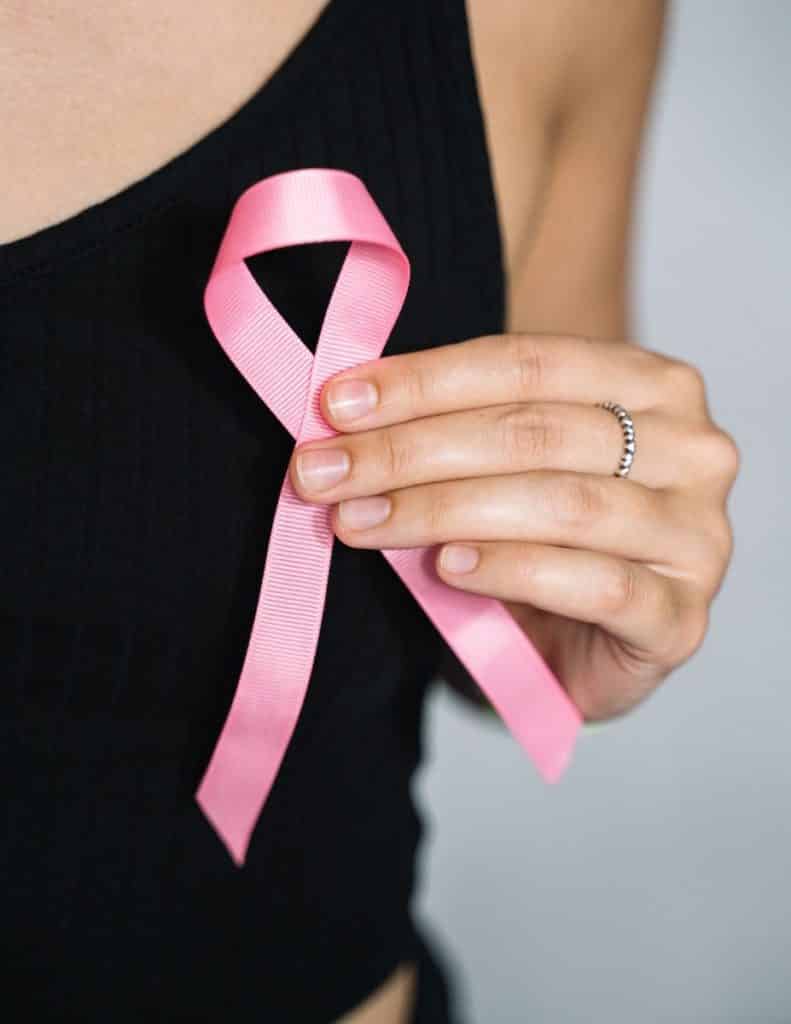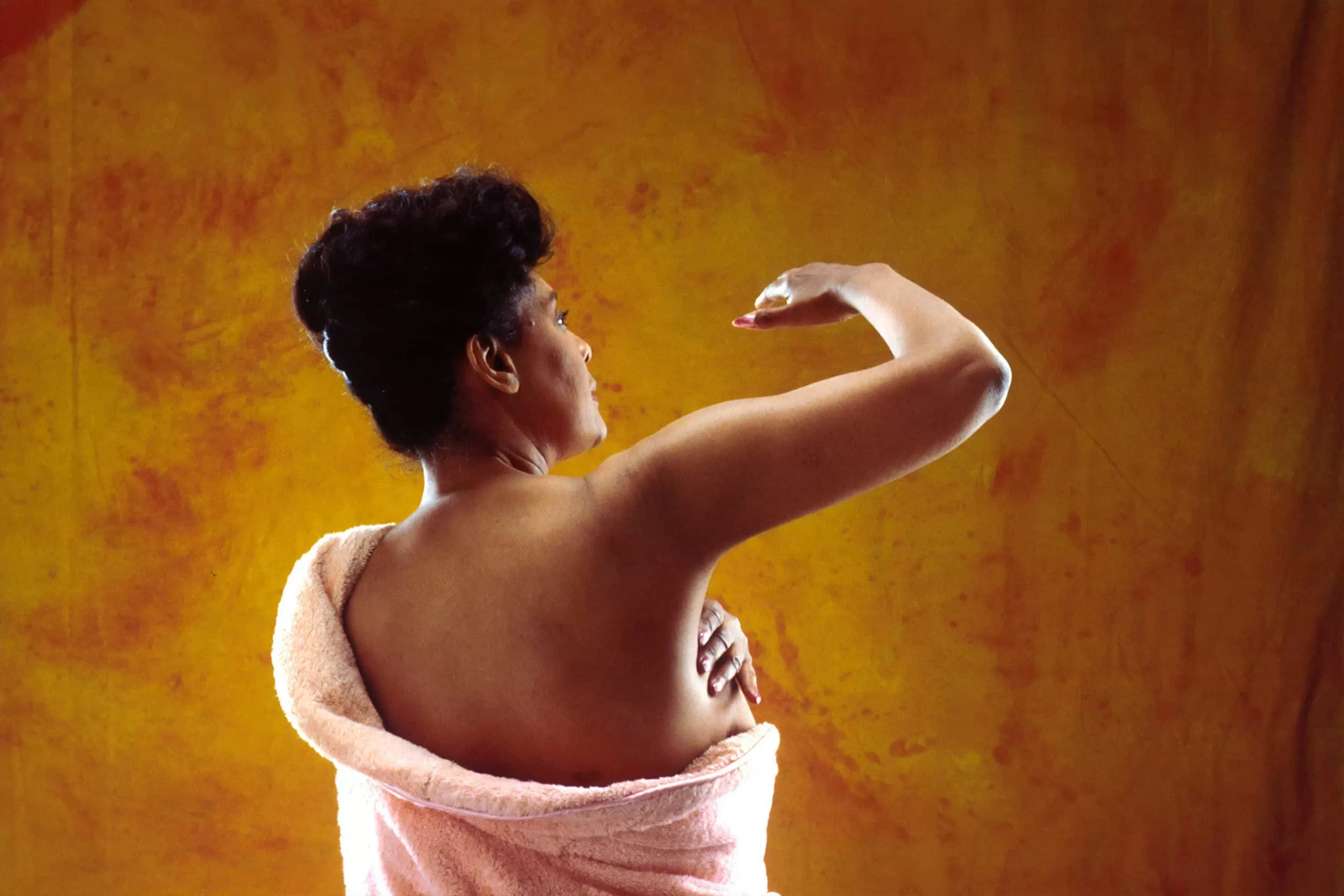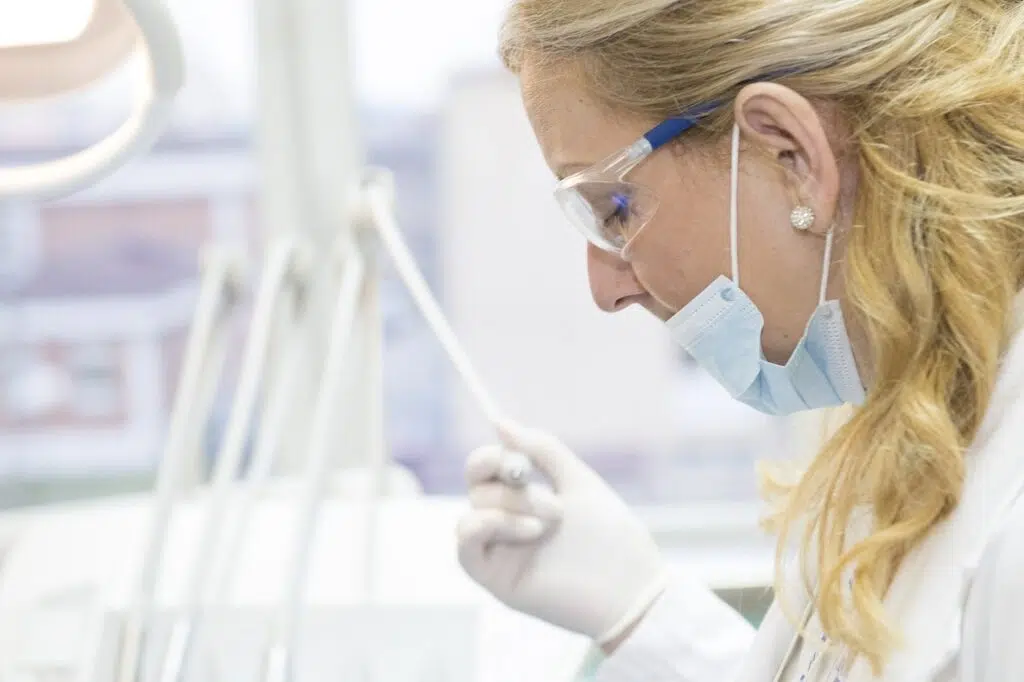Table of Contents
ToggleBreast Cancer: Breast Exams And Family History
October is Breast Cancer Awareness Month when we bring more attention to this devastating disease and raise awareness. Breast cancer affects women and men globally.
For decades, the number of breast cancer cases diagnosed in women and men has increased. More than 215,000 new diagnoses every year. Early detection and diagnosis increase the likelihood of successful treatment.
Self-breast examinations (SBE) must be performed regularly, examining the breast region for any irregularities that may be identified. A Self-Breast Examination (SBE) is essential to breast health.
Early detection is vital so appropriate measures can be taken and investigated further. The importance of early detection is a message that can’t be shared enough.
Clinical Breast Examination
Family History
A family history of breast cancer is crucial in the fight against the disease. Therefore, when personal health information such as breast cancer family history becomes available, it’s essential to use it for the best possible outcome for your health.
Understanding your risk and how to approach your breast health is vital to your physical and emotional well-being, says Cheryl Perkins, M.D., senior clinical advisor for the Komen Foundation.
Let us work together this month to make breast cancer awareness a priority!
Conclusion
About The Author
Zackery Dixon
administrator
Zackery N. Dixon, a seasoned web designer, entrepreneur, blogger, and proud U.S. Marine, has carved a remarkable path in the digital landscape. At 69, Zackery’s extensive experience and dedication have culminated in a fulfilling retirement, underscoring his notable achievements in the industry.
With a career spanning several decades, Zackery’s expertise in web design is reflected in the successful management of four diverse and dynamic websites. Each platform—First Digital Electronics, Law of Attraction Lab, Diet Exercise Pros, and Yoga Meditation Hub—demonstrates his commitment to delivering valuable content and innovative design.






